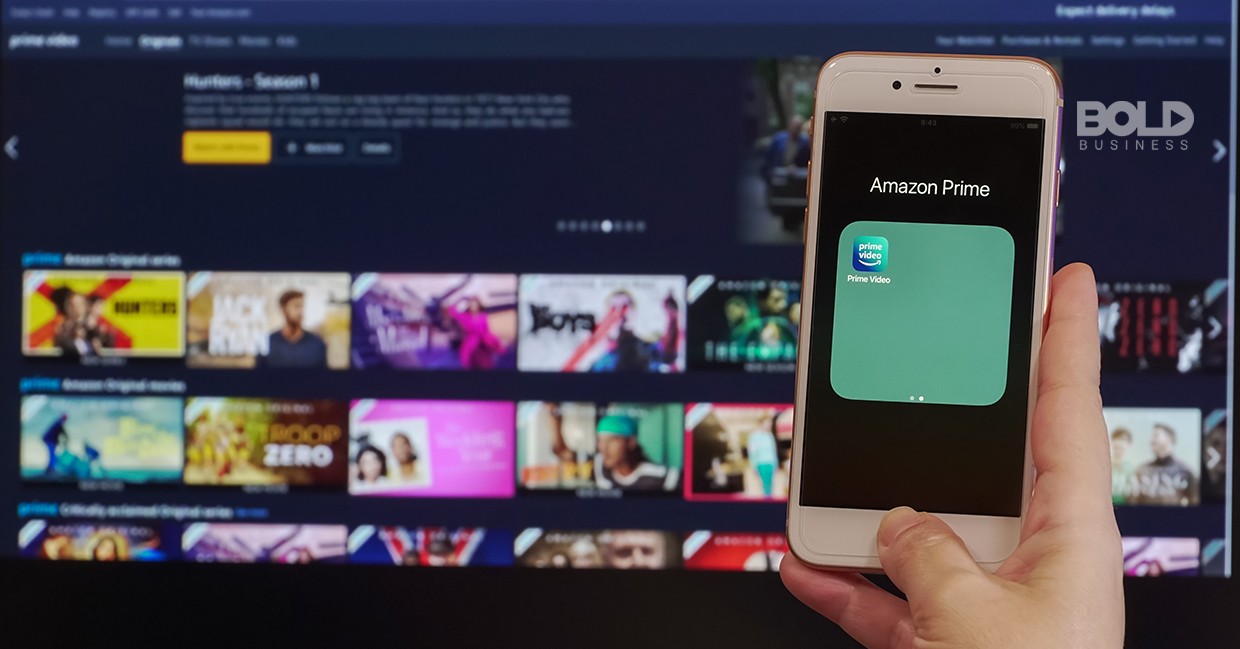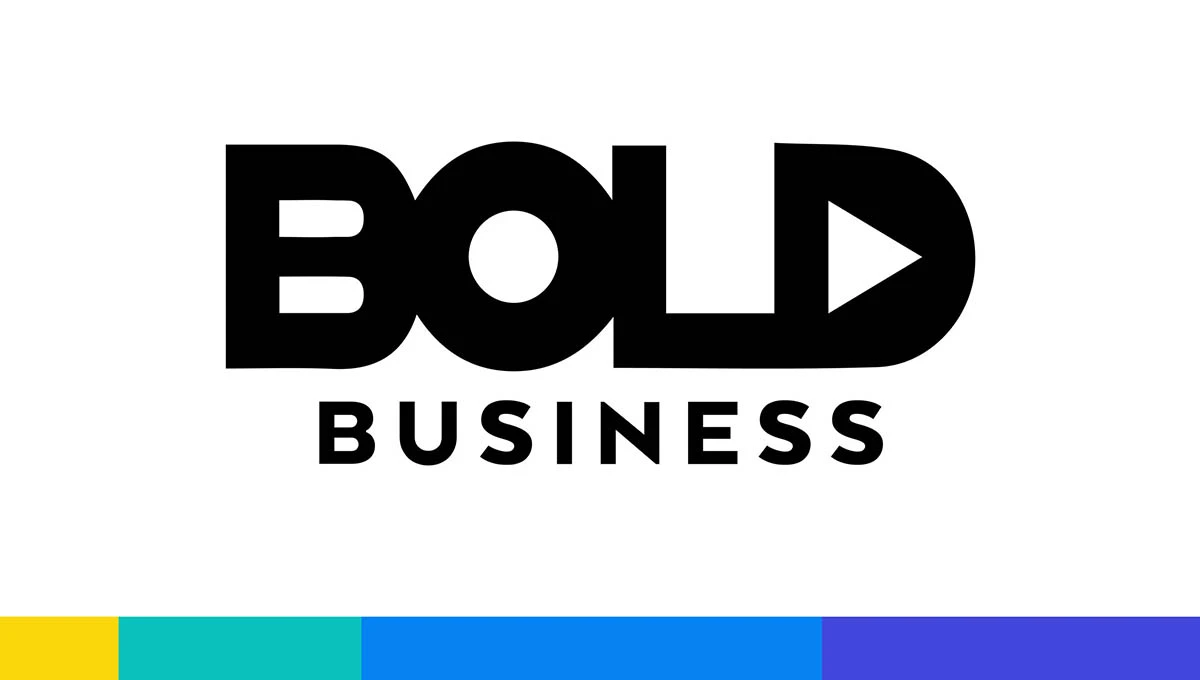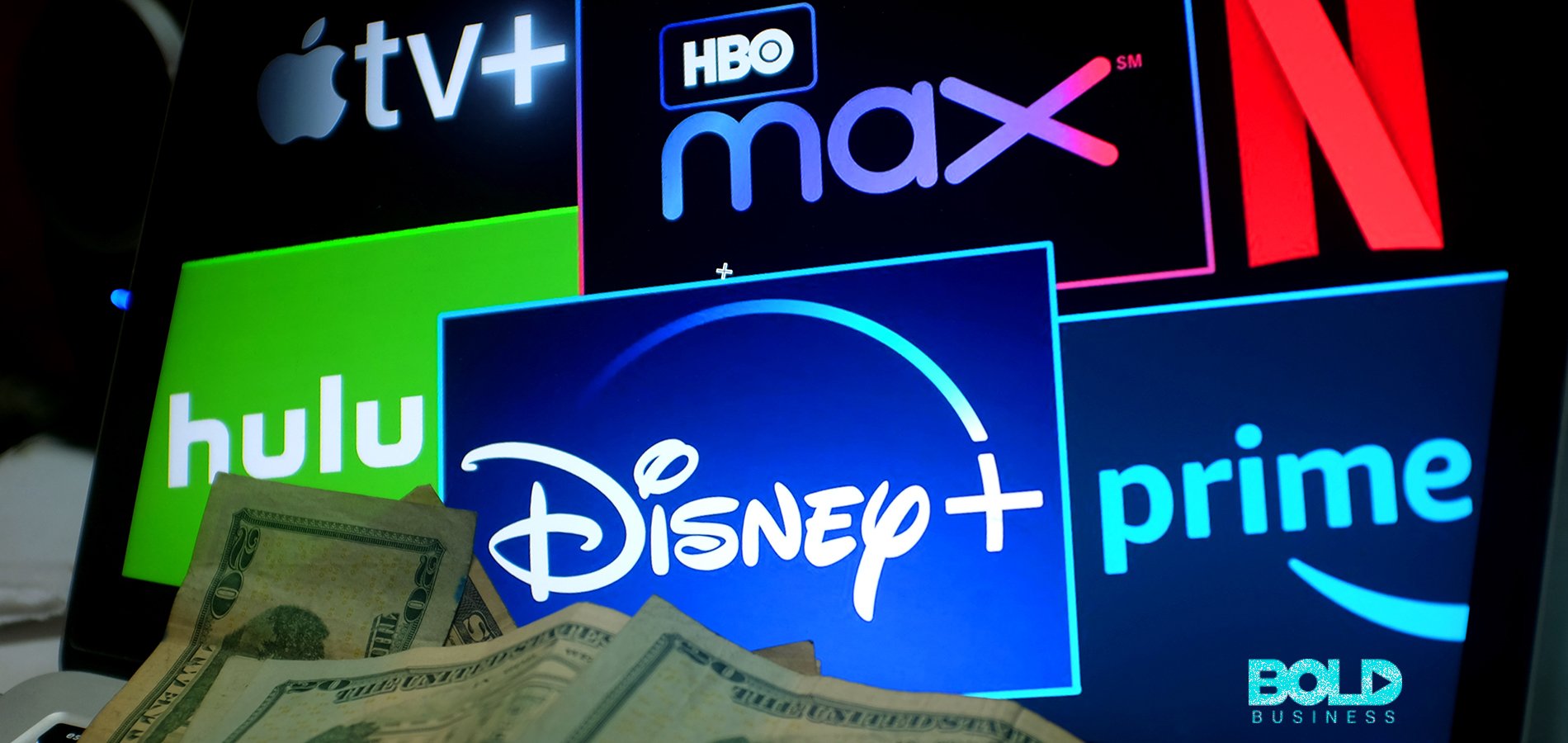Prior to the COVID-19 pandemic, movie theaters were already struggling. Movie streaming trends were changing, and customers increasingly found the conveniences of on-demand films appealing. As a result, theater chains found themselves creating VIP membership plans and offering new services. At the time, that kept them afloat as the experience kept movie-goers’ interest alive. But then COVID hit, and everything changed. Though some questioned the future of movie theaters before lockdowns, many do so now. And this might be their final curtain call.
According to recent surveys, only 18 percent of consumers feel comfortable returning to the movie theater. Even as some states have loosened lockdowns and restrictions, attendance hasn’t increased to any significant degree. Even worse, few newly-released are currently scheduled as a result of the effects COVID has had on Hollywood. And with more and more consumers preferring on-demand movies, movie streaming trends aren’t doing theaters any favors either. Streaming wars are now in full force. More than ever, the future of movie theaters looks to be in serious doubt.
“We’re in the business of amusing and entertaining people. If there was ever a time when people needed to be amused and entertained, to escape the stresses of the daily life, it is right now when corona is hitting this country very hard.” – Adam Aron, CEO, AMC Entertainment
A Tale of Two Theaters
The impact of recent events on movie theaters can be highlighted by looking at two key movie chains: AMC and Cinemark. AMC has recently announced it may have to file bankruptcy by the beginning of 2021. Over the past couple of years, AMC has over-extended itself in acquiring a variety of smaller movie theater chains. As a result, the company has over $12.85 billion in liabilities with less than $500 million in cash reserves. Even worse, AMC is hemorrhaging money every month. Last quarter alone, AMC lost $232 million. With attendance down 85 percent, the future of movie theaters for AMC isn’t pretty.

Unlike AMC, Cinemark took a more conservative approach over the last few years. Seeing that movie streaming trends were increasing, Cinemark chose to keep more cash on hand. Unlike AMC, Cinemark, therefore, has only $4.6 billion in liabilities and over $900 million in liquidity. But it too is experiencing a negative balance sheet, losing around $50 million each month. While Cinemark may be able to hang on much longer than AMC, it’s questionably whether it can ever regain a profitable status. These realities are why several in the industry question the future of movie theaters long-term.
“We could lose movie theater-going forever. I don’t think any of us want to live in a world where the only option is to take your kids to watch a movie in your own living room, and not have a place to go for a date. This will not be a reversible process.” -Patty Jenkins, Film Director of Wonder Woman
A Rapid Shift in Movie Streaming Trends
Several factors other than the pandemic can be described as accounting for the reluctance to attend movie theaters today. Consumers today have great options for watching movies outside the theater environment. They can stream movies at home or on their mobile devices, which is often more convenient and much less costly. Likewise, some smaller entertainment venues offer a more intimate and casual experience for watching movies as well. These movie streaming trends were already in vogue before COVID struck. COVID simply accelerated the process.
Naturally, the biggest concern for moviegoers today is the risk of being inside with others who could spread infection. Unlike restaurant dining and music concerts, attending a movie theater is not seen as an essential entertainment activity for most. Therefore, many predict the future of movie theaters are in peril because of this. Not only will they be the last to regain attendees even with a COVID-19 vaccine. But movie streaming trends will now pose serious competition for customer attention. And once gone, many do not see them ever returning in their traditional form in the future.
“I would not characterize it as a response to COVID. I would say COVID accelerated the rate at which we made this transition, but this transition was going to happen anyway.” – Bob Chapek, CEO, Walt Disney Company
Seizing the “Movie Streaming Trends” Moment
It’s no secret that major players have now entered the movie streaming business. Not only can viewers download movies from Google Play, Hulu, and YouTube. But they can also access brand new content releases from a number of networks. Netflix remains the leader in this regard, but many others now exist in this space. Disney, NBC Universal, Warner Media HBO Max are among the most well-recognized companies responding to movie streaming trends. Disney appears to be the most notable in terms of gaining traction. More than 60 million subscribers now watch Disney Plus. Likewise, over 100 million viewers have Disney’s package that includes Hulu and ESPN+.
It would seem these companies also have a poor outlook for the future of movie theaters. All of them are actively pursuing content, and instead of releasing movies on the big screen, they’re doing it online. In fact, Disney recently announced that it is separating its content and distribution centers. This allows the company to invest more energy into creating movies and other entertainment for its streaming platforms. Without having all the real estate holding costs, movie streaming trends favor this approach. Unfortunately, with fewer large-screen premiers, this bodes poorly for the future of movie theaters as well.
The Need for a New Vision
AMC theaters have chosen to forge ahead and keep their theaters open. Cinemark has done the same but less aggressively. And Cineworld, a UK-based company that owns Regal Cinemas, has decided to close its doors and wait things out. But based on movie streaming trends and consumer concerns, the future of movie theaters isn’t great. A paradigm shift will be needed to get moviegoers to head back to the theater of old. Some have suggested that Disney might purchase AMC in an effort to have a seamless consumer experience. As a result, movie-watchers could access films on demand as well as premiers in a variety of settings. But this seems unlikely to happen in the near future. It might be that traditional movie theaters have run their course. And like drive-in theaters, they will one day simply be a nostalgic novelty to behold.
Want to make 2021 a better year than 2020? Then check out PROJECT BOLD LIFE: The Proven Formula to Take on Challenges and Achieve Happiness and Success.






